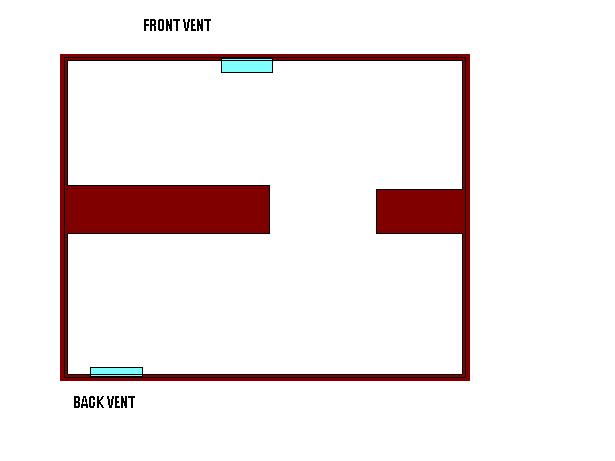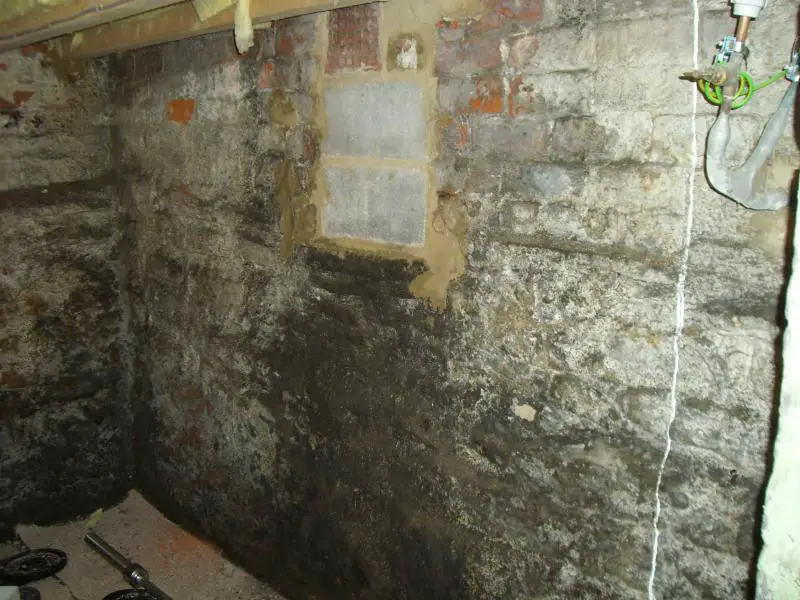I have had some conflicting advice regarding my basement ventilation.
At the moment I have two large air brick vents at either side of large basement (front and back of house) but there is still alot of damp in there so was thinking of putting in an extractor fan over one of the vents.
Someone has advised that i should put an extractor on each vent and draw as much of the damp air out as possible as this will pull the warm air from the house down throught the floorboards and out.
I always thought you should have a crossflow of air in basements, one side in, one side out but this other method seems to make some sense. What do you all think?
Also, my basement is split into two rooms so there is not a diret air flow from the front vent to the back vent.
Thanks
Al
At the moment I have two large air brick vents at either side of large basement (front and back of house) but there is still alot of damp in there so was thinking of putting in an extractor fan over one of the vents.
Someone has advised that i should put an extractor on each vent and draw as much of the damp air out as possible as this will pull the warm air from the house down throught the floorboards and out.
I always thought you should have a crossflow of air in basements, one side in, one side out but this other method seems to make some sense. What do you all think?
Also, my basement is split into two rooms so there is not a diret air flow from the front vent to the back vent.
Thanks
Al



